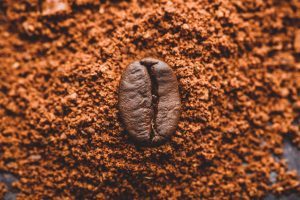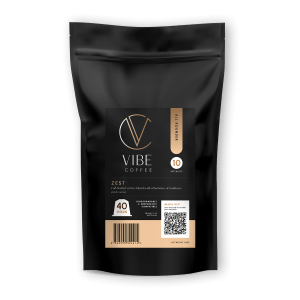Keeping up with all the fancy coffee names can be a challenge. But what becomes harder to understand is the different milk treatments that come with popular coffee drinks both at home and in Cafes.
By way of a quick summary, milk is used to create a Café Latte, Cappuccino, Flat White, Mocha, and a Macchiato.
So what is it about milk that becomes a crucial ingredient which can make the coffee tasting experience an amazing one?
There are a few reasons….
Reason #1 – Enhancing the coffee flavour:
Milk contains sugar and when heated, it adds a sweetness to the coffee.
One cup of white milk (250 ml) contains 12 grams of naturally occurring sugar called lactose. It gives milk a slightly sweet taste. The body breaks lactose down into glucose and galactose (most of which is later converted to glucose). Glucose is the primary source of energy in the body and the sole energy source for the brain.
Reason #2 – Milk creates foam from fat content:
Milk introduces a creamy taste which comes as a result of the fat content (on average there is 4% to 5% fat in standard milk). This fat comes from a combination of galactose and glucose mentioned above.
Diary Australia has this to say about the standard fat content in the main kinds of milk available…
Fresh milk comes in several forms including full-fat (about 3.8% milk fat on average), low-fat (less than 1.5% milk fat), skim (no more than 0.15% milk fat), modified (fortified with extra protein, vitamins or other nutrients), flavoured milk and buttermilk.
Reason #3 – Produces a creamy taste:
The milk fat and proteins combine to create a “stable foam” structure that looks great and tastes amazing!
Reason #4 – To reduce sour tastes:
Sour tasting coffee can be harsh. Adding milk makes the acidic coffee more alkaline, removing the acidic taste.
As a side note, it’s important to differentiate acidic from sour-tasting coffee. Coffee naturally contains acidity which plays a role in creating crisp and vibrant tasting coffee.
There are three main reasons why coffee will taste sour…
#1. Under extraction:
Extraction is the process of combining hot water to create a coffee. But as the water is being added, there are acids, sugars, oils, and other flavours coming from the coffee beans. As soon as the water hits the coffee grind, the first thing to be extracted is the acids. If those acids are not balanced by the other sugars, oils and other flavours, you are hit with a sour taste. This is what we mean by “under extraction”.
#2. Under roasted coffee beans:
Vibe Coffee’s careful and precise manufacturing process of roasting, grinding, and packaging the coffee into pods is completed in a modern manufacturing facility located in Melbourne. Vibe Coffee is “Australian Owned Certified”.
The perfect balance of heat, air, rotation, and other (secret) factors is done to a high standard to ensure there is no production of sour coffee for customers.
#3. Poorly ground coffee:
Under extraction commonly occurs when coffee particles are too large. Due to the size of coffee grounds, it takes longer for water to saturate the particles meaning the flavour is not being extracted from the bean. When the coffee is ground finer, it becomes easier to extract the flavour compounds.
This is why the coffee grinding for every Vibe Coffee pod is completed to a high standard.
Reason #5 – Coffee beans designed for milk:
Some coffee beans will taste better when milk is added. The fats in milk will enhance enjoyable flavours while suppressing less desirable ones. Other coffee beans taste better as an espresso (straight shot).
This is what Vibe Coffee has done with some of its flavours. Two examples to illustrate this point….
But to be honest, the way milk can be introduced to coffee to enhance the taste comes down to the individual.
Once you buy a Vibe Coffee, the recommendation is to experiment by trying your coffee with no milk, with steamed milk, and even just adding cold milk.
May your good vibes keep on coming.





